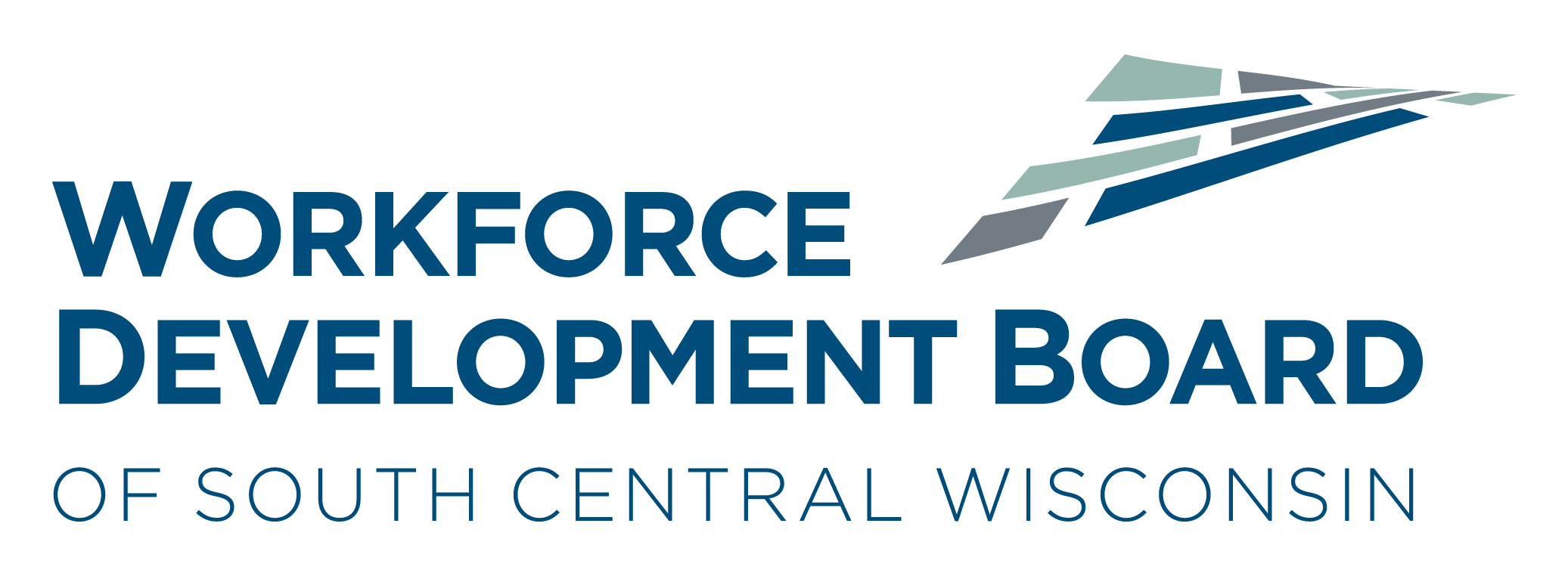Bounce Back with the Worker Advancement Initiative.
The Worker Advancement Initiative (WAI), funded by the American Rescue Plan Act (ARPA), will serve Wisconsinites whose previous employment has not come back since the beginning of the pandemic, as well as those who were not attached to or were not successful in the labor market prior to the pandemic, by offering subsidized employment and skills training opportunities with local employers, including a focus on those who will be co-enrolled in Workforce Innovation and Opportunity Act (WIOA) programs.
Get Connected
If you’re unemployed, working part-time or struggling to find or keep a job due to the COVID-19 pandemic, you may be eligible for support under the Worker Advancement Initiative (WAI).
The initiative serves individuals whose employment has not returned since the beginning of the pandemic, as well as those whose work or job search was impacted by the pandemic.
Learn More
Learn more about the initiative and services you may be eligible to receive by contacting our WAI Coordinator or filling out the interest form.
Jess MillsWAI Coordinator
gro.wcsbdwnull@sllimj
608-249-9001 Interest Form
Job Training
Advance your skills and knowledge to prepare in a new job.
Work Experiences
Learn hands-on at a local company while earning a wage.
Education
Prepare for a new job by earning a diploma or certificate.
Job Search
Update your resume, connect with jobs and prepare for interviews.
Other
Get support for childcare, transportation, housing and more.
About WAI
The Workforce Development Board of South Central Wisconsin (WDBSCW) is one of 11 regions receiving funding to help workers overcome challenges affected by the COVID-19 pandemic and help workers get back in the workforce and ensure Wisconsin’s economy rebounds. The Department of Workforce Development will administer the program (press release) through the workforce development boards with a goal to serve around 2,000 individuals across the state through September 2023.
The WDBSCW will use grant funds to augment its ongoing career pathways work by bridging young adults to careers through subsidized employment, subsidizing wages for pre-apprentice work crews, subsidizing wages for re-entry populations engaged in work-release programs, augmenting traditional on-the-job training engagements with technical skills training, and integrating compensated digital literacy work-and-learn interface in those strategies.
The most beneficial part of the program is how amazing the teachers, the pre- and after support, and the assistance in finding a job has been! Welding training has furthered my career and made me more marketable in finding a new job […] Thank you so much from the bottom of my heart!
Jennifer, Worker Advancement Initiative participant
